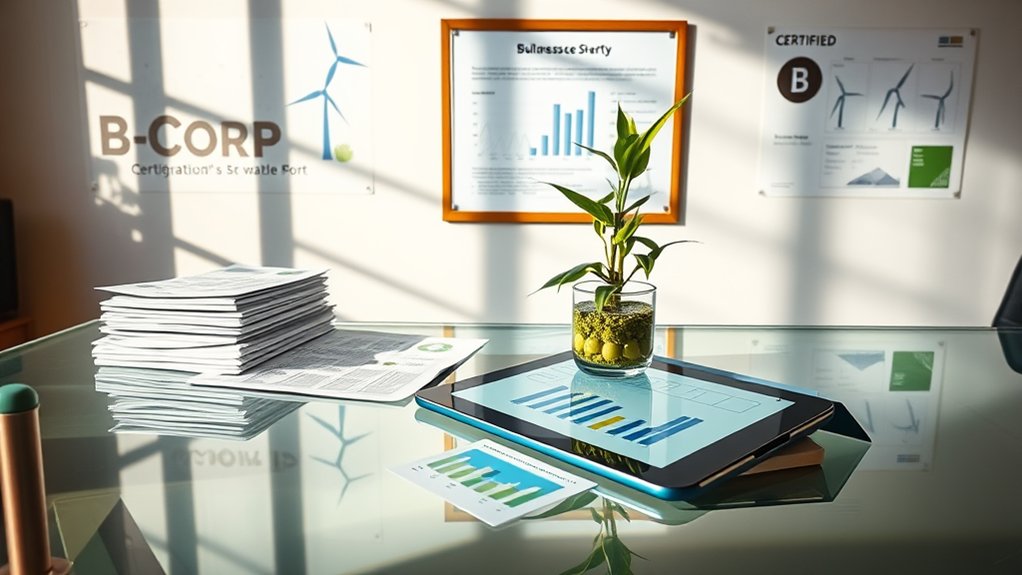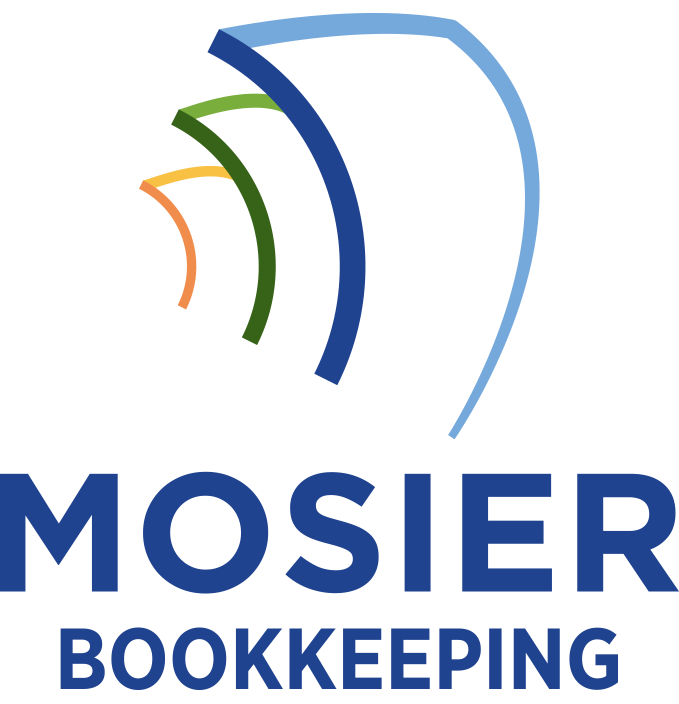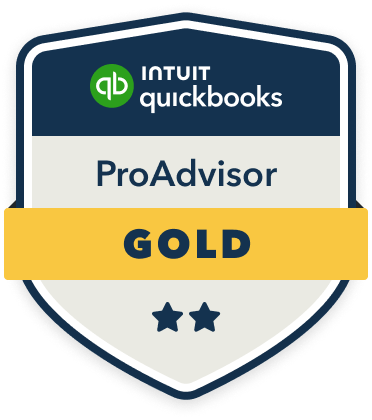I’ve found that effective cash flow management in sustainable businesses requires balancing environmental goals with financial stability. You’ll need to implement 12-month rolling forecasts, optimize inventory through just-in-time systems, and allocate 15-20% of working capital to green investments. I recommend negotiating early payment discounts with eco-friendly suppliers and exploring green financing options like sustainability-linked loans. Understanding these interconnected strategies will transform how you approach sustainable business operations.
Forecasting and Planning for Sustainable Operations

Three key elements drive effective cash flow forecasting in sustainable businesses: revenue prediction, cost modeling, and timing of cash movements. I recommend starting with a 12-month rolling forecast that incorporates seasonal fluctuations in eco-friendly product sales and renewable resource costs. You’ll need to factor in longer payment cycles common in sustainable supply chains, where ethical sourcing often requires upfront commitments.
I’ve found success using scenario planning to account for sustainability-driven market shifts. Model multiple scenarios – conservative, moderate, and aggressive – while tracking green premiums and regulatory impacts. This approach helps you maintain liquidity while pursuing environmental goals.
Strategic Inventory Management for Eco-Friendly Products
Smart inventory management for eco-friendly products requires balancing environmental impact with financial efficiency. I recommend implementing a just-in-time system that reduces storage costs while minimizing your carbon footprint from excess production. You’ll need to track key metrics like inventory turnover ratio and carrying costs, focusing on sustainable packaging and reduced waste.
I’ve found that successful eco-businesses maintain lean stock levels by using predictive analytics to anticipate demand patterns. You should negotiate with green suppliers for flexible delivery terms and consider local sourcing to decrease transportation emissions. Remember to factor in the shorter shelf life of certain sustainable products when determining ideal order quantities.
Balancing Green Investments With Working Capital

While maintaining ideal inventory levels supports day-to-day operations, businesses must also consider long-term green investments in their working capital strategy. I’ll show you how to strike this critical balance.
You’ll need to allocate working capital between immediate operational needs and sustainable initiatives that drive future growth. I recommend establishing a green investment fund that’s 15-20% of your working capital, focusing on projects with both environmental impact and ROI potential. Consider investments in energy-efficient equipment, renewable energy systems, and sustainable supply chain upgrades.
Track your green investments’ performance against established KPIs to guarantee they’re enhancing, not constraining, your working capital position.
Optimizing Payment Terms With Ethical Suppliers
Managing payment terms with ethical suppliers requires a delicate balance between maintaining healthy cash flow and supporting sustainable supply chain partners. I’ve found that structuring win-win payment arrangements strengthens long-term relationships while preserving working capital.
- Negotiate early payment discounts of 2-5% to reward suppliers who use eco-friendly practices
- Establish milestone-based payments tied to sustainability metrics and certifications
- Implement supply chain financing programs that prioritize B-Corp certified vendors
- Create seasonal payment schedules aligned with harvest cycles for agricultural suppliers
These strategies help me optimize cash flow while reinforcing my commitment to ethical sourcing and environmental stewardship. The key is finding that sweet spot between financial efficiency and supplier sustainability.
Leveraging Green Financing and Impact Investment Options

Increasingly, sustainable businesses can tap into specialized green financing instruments and impact investment opportunities to fund growth while maintaining strong environmental credentials. I’ve found that green bonds, sustainability-linked loans, and ESG-focused venture capital offer competitive rates while aligning with eco-conscious missions. When I evaluate these options, I focus on matching financing terms with projected cash flows and impact metrics.
I recommend prioritizing investors who understand your sustainable business model. They’ll often provide patient capital and valuable expertise. Consider exploring crowdfunding platforms specifically designed for green ventures – they can provide both capital and a committed customer base.









